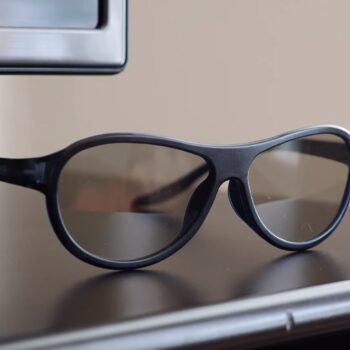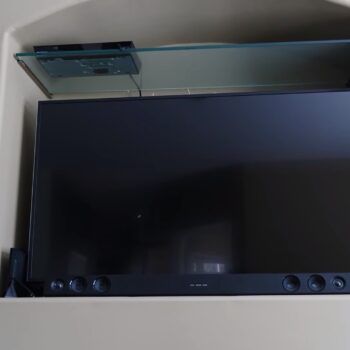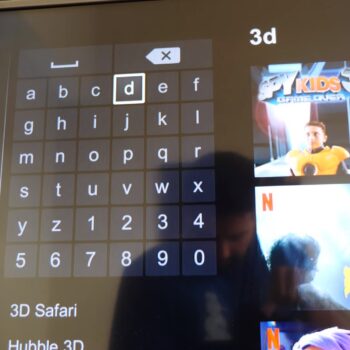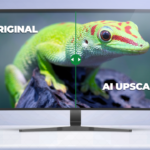Let’s get straight to the main question. Why are 3D TVs dead? Well, it’s simple… It’s caused by you, the consumer. That’s right, consumers were the main cause for the downfall of 3D TVs because they weren’t buying 3D TVs, which is unfortunate for many fans of 3D TVs (including myself).
Let’s take a step back and go over why 3D TVs were good since many people have negative points about them (which I’ll argue). For starters, the 3D pop effect you’ll get at home on a 3D TV versus the pop effect from watching a movie at the cinema is much better. In fact, sometimes the pop effect at the cinemas was non-existent whereas at home on a 3D TV it was much better which provided a more immersive experience.
Having a terrible 3D experience at the cinemas also left a bad taste, why was I forced to pay for a 3D movie when the 3D effect was terrible? It was quite common that cinemas forced 3D showings of movies in certain locations which meant you were forced to pay more for your ticket.
Another item against 3D movies at the cinema was the negative effect it had on people. Personally, I would sometimes get a bit of eye strain, especially if the movie was closer to the 3-hour mark (think Avatar). Other people I knew got headaches. What’s interesting is that when I watched the same movie at home on a 3D TV, it never bothered me, same for the people that got headaches at the cinema. However, this is bad for 3D TVs. People would go to the cinema to watch new movies, if the experience was terrible there, people would be hesitant to buy 3D TVs for home. After all, 3D TVs were more expensive than regular 2D TVs.
The next thing that impacted 3D TV sales was the poor timing of the release. Around 2008/2009 is when HDTV sales started to boom, but HDTVs were still pretty pricey. However, sales of 2D HDTVs kept going up and a few years later 3D TVs were announced. The problem here is that a lot of people already spent their hard-earned money on 2D HDTVs. To make things worse, 3D TVs were more expensive than their 2D counterparts. Basically, for this point, the release timing of 3D TVs was poorly done.
We’ve established that movie companies and cinemas ruined the 3D experience but TV manufacturers are a bit guilty of confusing consumers. Things were confusing enough with the various TV technology: 720p, 1080p, smart TVs, media streamers, 3D TVs, LCD vs plasma, etc. TV manufacturers made 3D TVs confusing by releasing two types of 3D TV glasses technology; passive and active.
Active glasses had built-in batteries which meant they needed recharging every so often, they were heavier than passive glasses and bulkier. Samsung primarily supported active technology, but that was a problem. Since Samsung was one of the most popular 3D TV manufacturers in the world, when people tried them on at the store or a friend’s house that had them, it would put people off. Who wants to recharge 3D glasses that are bulky? This caused a lot of people to assume all 3D TVs required active glasses, which wasn’t the case (see next point).
Passive was pretty simple 3D glasses that you would wear to the cinema, they didn’t require any batteries either. You simply put on passive 3D glasses and you were done. Sony and LG mainly used passive glasses for the most part. Passive was arguably the better technology over active glasses. Active and passive glasses both provided the same 3D pop effect but were more manageable.
The positioning also plays a huge role in the 3D experience. If you’re sitting within 45 degrees of the center of the TV, then your viewing experience would be pretty decent. Anything beyond that causes the picture to blur slightly. The worst scenario was watching 3D content on a TV too high (for example, if the TV was on a mantle above a fireplace). If the TV was too high, the image would be incredibly blurry.
The last point and perhaps the biggest ones is the lack of 3D streaming. Popular services such as Netflix and Hulu didn’t provide much love for 3D content. Netflix did have a 3D category but it was difficult to find, but sometimes it would disappear and the content was terrible. Even more strange is that movies that were released in theatres with 3D would sometimes be brought onto Netflix but only in 2D. Why wasn’t the content in 3D? It might have had something to do with paying more license fees, or perhaps Netflix didn’t care for 3D.
Alas, all the above reasons led to the fall of 3D TVs. Are 3D TVs dead forever? Probably not but chances of it making a return anytime soon are pretty slim.










